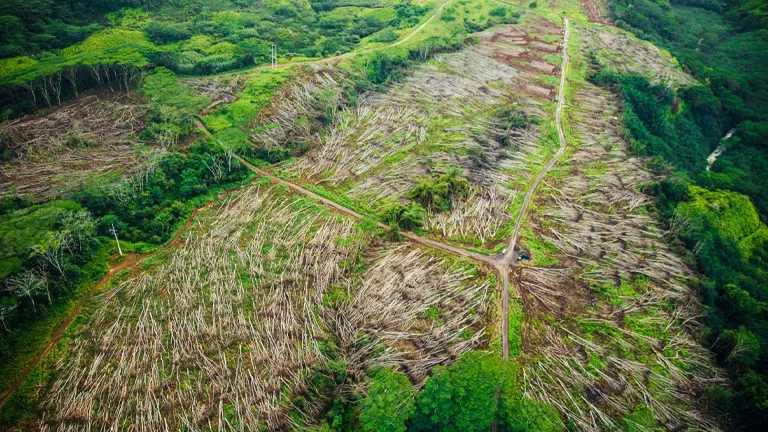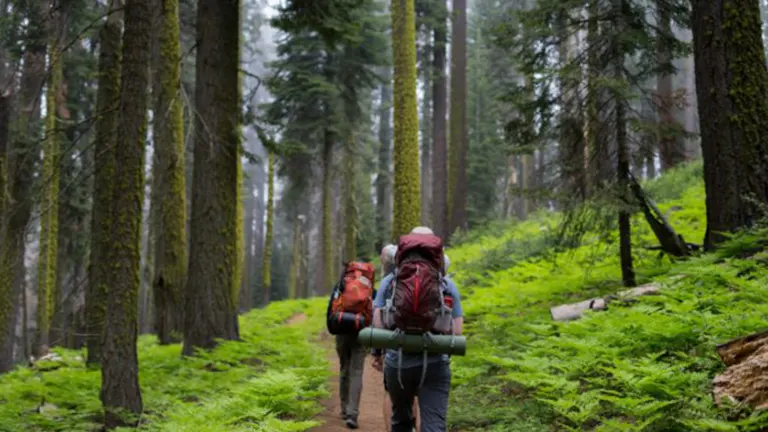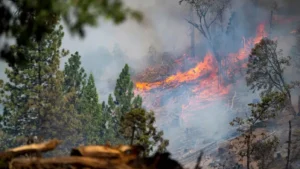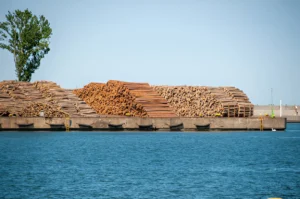The Alarming Reality of Deforestation: A Global Concern
- November 21, 2023
- 0 comment
Deforestation, the deliberate clearing of forested land, stands as one of the most pressing environmental issues of our time. This phenomenon, driven by the need for agricultural land, grazing spaces, and materials for fuel, manufacturing, and construction, has drastically reshaped our planet’s landscapes and ecosystems.

Centuries ago, forests covered the vast majority of the Earth’s land. For instance, 80 percent of Western Europe was forested around 2,000 years ago, a figure now reduced to 34 percent. In North America, deforestation for timber and agriculture halved the forest cover in the eastern regions from the 1600s to the 1870s. Similarly, China’s rich forests have dwindled over the past 4,000 years, leaving just over 20 percent of the country forested. These changes highlight a historical trend of transforming dense forests into farmlands.
Presently, the most alarming rates of deforestation are seen in tropical rainforests. The construction of roads has made these once-inaccessible areas prone to exploitation. Practices like slash-and-burn agriculture, which involves burning forests to fertilize the soil temporarily for crops, contribute significantly to this issue. Besides agriculture, logging, cattle ranching, and the establishment of plantations like those for oil palm and rubber are leading causes of deforestation in these regions.

The environmental consequences of deforestation are profound and far-reaching. When trees are removed or burned, they release stored carbon dioxide back into the atmosphere, exacerbating global warming. Trees play a crucial role in sequestering carbon dioxide, and their absence means more of this greenhouse gas remains in the atmosphere.
Moreover, deforestation poses a severe threat to biodiversity, especially in tropical forests, which are home to a myriad of animal and plant species. The destruction of their habitats can push many of these species towards extinction, contributing to what some scientists describe as a mass extinction episode.
The loss of forest cover also leaves soil more susceptible to erosion. This change can alter the forest environment from a moist, closed system to an open, drier one, increasing the vulnerability of the remaining plants and escalating the risk of fires.
Despite the grim scenario, deforestation is not always a one-way path. In regions like North America, forests are making a comeback due to concerted conservation efforts. These initiatives demonstrate that with the right policies and actions, the tide of deforestation can be turned, offering hope for the future of our planet’s forests.
The story of deforestation is a complex tapestry of human needs, environmental impact, and the urgent call for sustainable practices. As the world grapples with the challenges of climate change and biodiversity loss, understanding and addressing the causes and consequences of deforestation remains more critical than ever.

David Murray
Forestry AuthorI'm David Murry, a forestry equipment specialist with a focus on chainsaw operation. With over 13 years of experience, I've honed my skills in operating and maintaining a wide range of machinery, from chainsaws to log splitters. My passion for the outdoors and commitment to sustainable forestry drive my work, which emphasizes safety, efficiency, and staying updated with industry advancements. Additionally, I'm dedicated to sharing my expertise and promoting environmental awareness within the forestry community.














Leave your comment